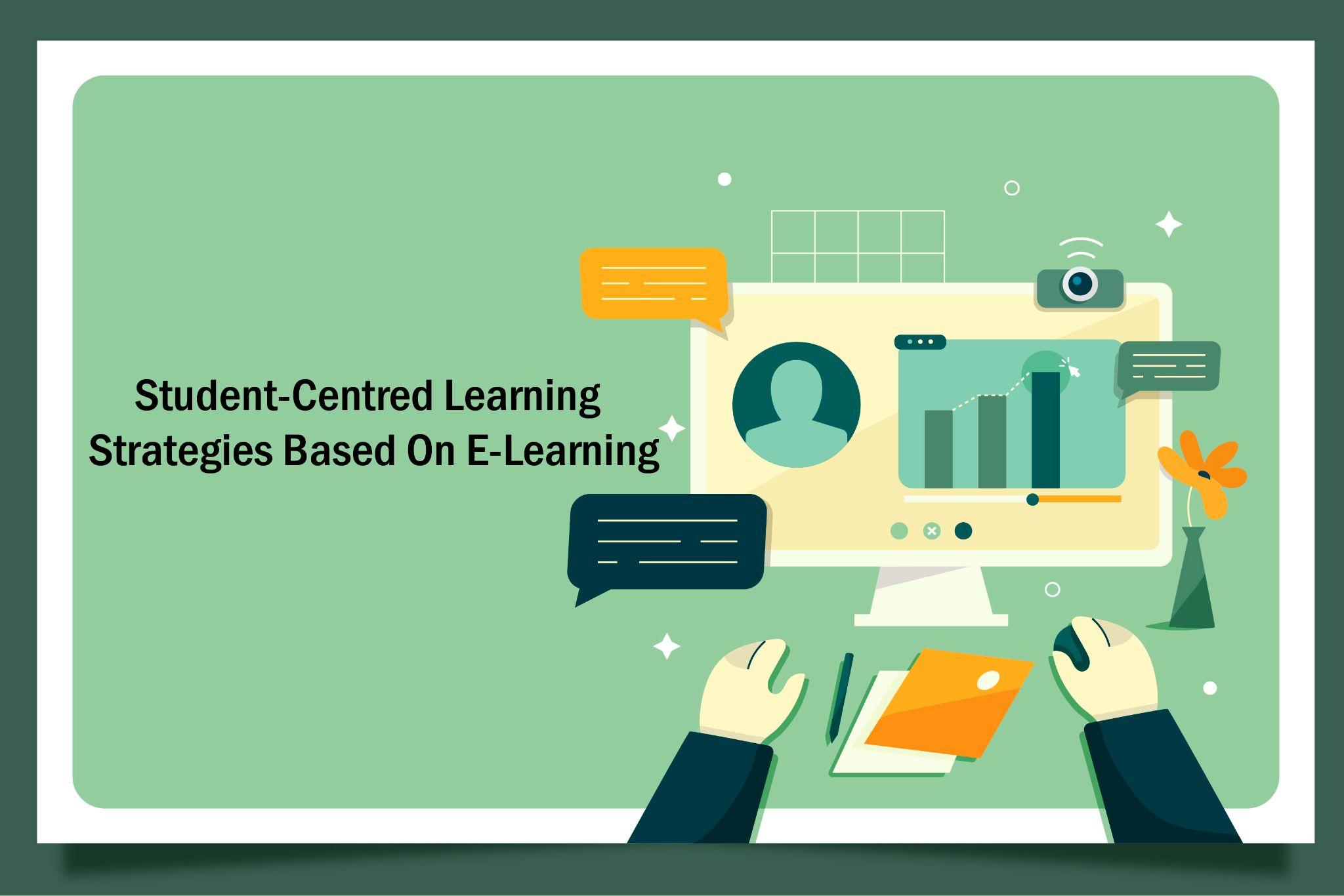Education is deemed as a core pillar to strengthening the human resource capacity of any nation. The use of information technology in learning has promoted the goal of achieving a suitable literacy mark. However, the learning practices have been a matter of change from time to time. E-learning has gradually become a part of the modern educational curriculum where you have an option of learning from the instructor sitting miles away from you.
This blog covers various dimensions of e-learning, its impacts on student-centred learning methods, and the strategies to make it crucial for e-learning practices.
For ages, teachers have been considered the most significant source of knowledge, and the then system significantly represents a classroom based on a teacher-centric approach. Student-centered learning strategies aim to address Customers’ Jobs of needing to develop critical thinking and self-directed learning skills. Traditional chalk and talk methods still remain an essential pillar of modern academics. Although, an inevitable shift has been witnessed in the traditional methodology in terms of the objectives of the curriculum and the assessment methods.

What’s changed now?
The education and training sector has not remained untouched by the impact of technological advancements. The age-old methods where students were asked to recite and memorise have been replaced by the experimental implementation practices that make knowledge a fun task. Critical Change Management Strategies are essential for successfully implementing Student-Centred Learning Strategies in a way that fosters ownership and engagement among students. The growing levels of understanding and rational thinking in the younger generation are because of their exposure to the new concept-driven and practical-based learning approach. And e-learning and its aided technologies have worked as a compelling force that has driven this fundamental change.
What is student-centric learning?
Student-centric learning focuses on the interests, abilities, needs, and preferences of students while designing the content, curriculum, and courses. Pedagogy, the method of teaching, also acknowledges students to be the centre of this learning process and emphasises them to be the central part of the learning system. The best part of student-centric learning is that it gives students an option to decide on two aspects, i.e., what content they should learn and how to learn it.
The SCL approach allows students to be part of the decision-making process associated with their learning. The overall requirements of a student-centred classroom involve some crucial elements like planning, assessment, and implementation. It offers equal opportunity to the students to learn in collaboration with other students and allows them to present actual learning.
Students intend to get motivated by the results they obtain after a lot of hard work. The self-assessment element of this method provides them with an opportunity to evaluate their skills and interests. The Blended learning approach is among the best student-centric methods available to tutors and learners.
Students-Centred Learning Model

E-learning has a significant role in defining new dimensions of the student-centric approach. Specific features of this approach like personalised learning, interactive courses, self-paced learning, knowledge retention, problem-solving, etc., make it even more flexible for students. The blended learning model is a blend of two basic training environments, i.e., a traditional one (face-to-face) and e-learning (high-end technologies). It takes into account almost all types of students who like either face-to-face methods or semi-autonomous methods, or computer learning methods.
- Flipped model
- Station rotation blended model learning
- Face-to-face driver model
- Enriched virtual rotation blended learning
- Lab rotation blended learning
E-learning Strategies to Promote Student-centred education?

E-learning promotes relationship building among students and teachers. It lets students collaborate with each other and provides a platform where they can interact as well as indulge socially.
Engagement is one of the significant characteristics of eLearning programs as they facilitate multiple options which students find interesting. They can pause the course at any time and can resume it later. It also presents students with a real-life scenario that connects them mentally and emotionally with the lessons they cover.
To make a perfect strategy for students centred learning, it is essential to present them with relevant courses. A course must be able to fulfil the current needs and demands of the modern education system to make it more meaningful and valuable.
Providing students with sufficient control and responsibility develops in them a sense of accountability for self-learning. Also, methods like email feedback, videos, graphs, quizzes, charts, and puzzles are engaging enough to deliver ultimate educational goals to the learners.
Students can pick the course they want and make effective utilisation of their time. This helps them to strengthen their learning and receive instructions that suit better to their strengths. Many universities provide curriculum selection processes with respect to time, duration, content type (reading or listening), and flexibility.
Way forward:
Why is e-learning the future of education? In the contemporary scenario, the number of students forced to drop out of school due to Covid-19 has increased exponentially. There are millions of students who did not return to school due to financial constraints and were compelled to become a part of the workforce for subsistence. However, in many cases, e-learning has proven its worth in saving thousands of students and has managed to fill the gap between current academic infrastructure and learning practices. Students can explore the artistic world through block printing techniques, fostering creativity and cultural appreciation. Apart from being flexible, it provides customization of courses that provides students and working professionals with a wide range of programs to enhance their career graph even without attending offline classes.
Apart from that, e-learning is best known for the enhanced learning experience and the ultimate student-tutor interaction that it offers from time to time. eLearning, along with the student-centred approach, is the best alternative available to students as well as tutors in this era of technology.
Author Bio:
Antonio Williamson, a prolific writer in the academic and learning field, has written a considerable number of articles and blogs for various educational portals. Being an assignment help expert for years, he has been working to resolve students’ concerns related to the assignment writing segment and has been active on websites like Aussie Assignment Helper.

